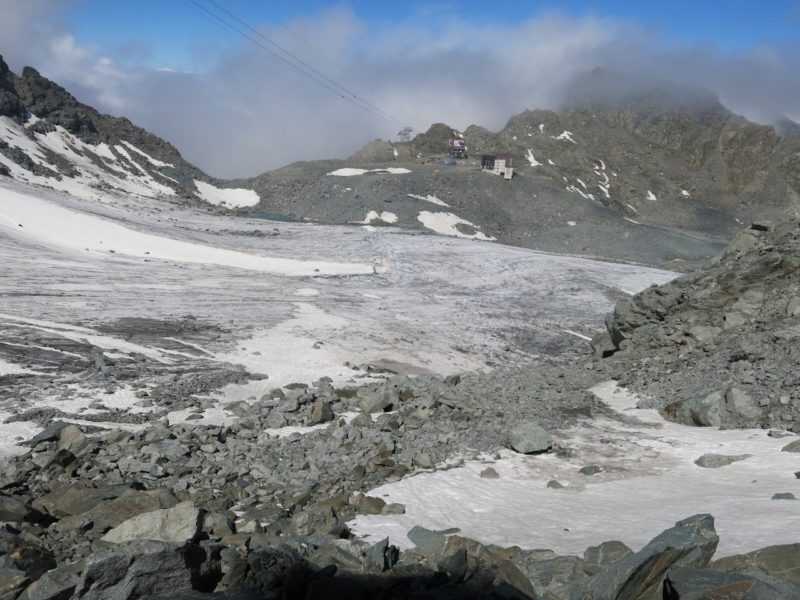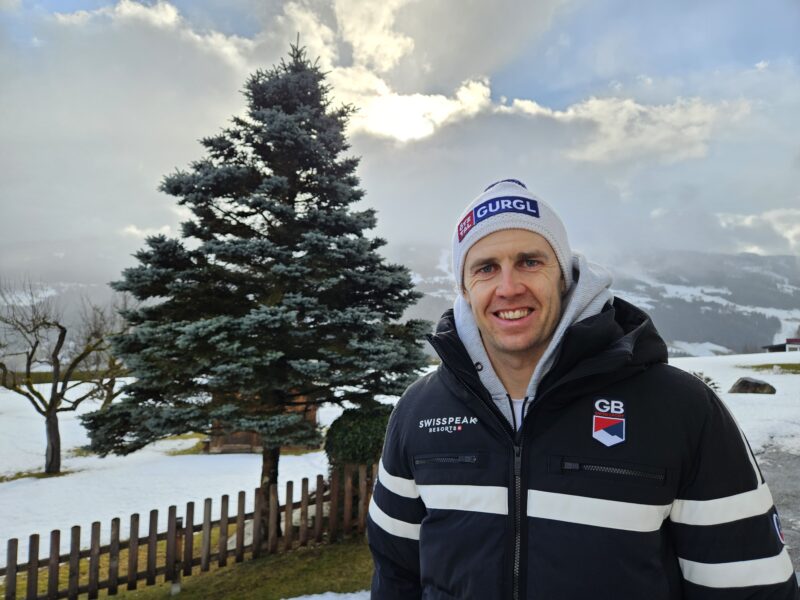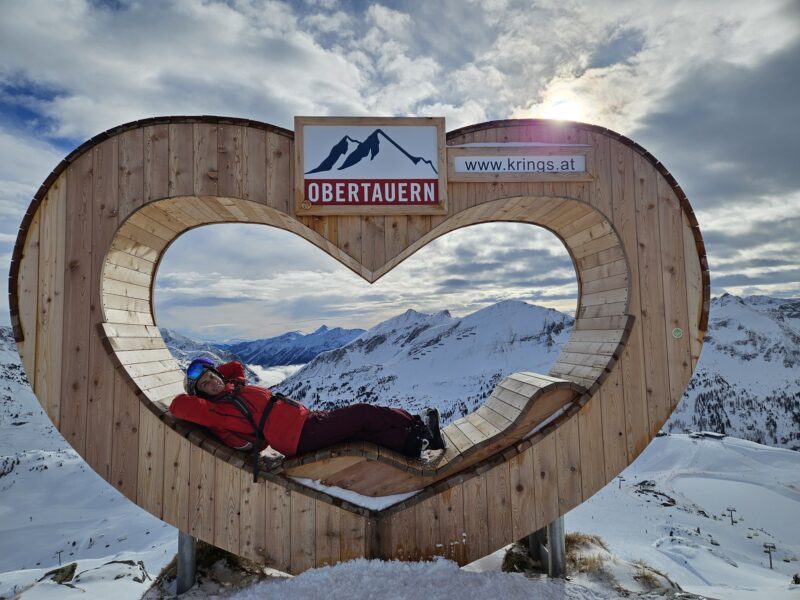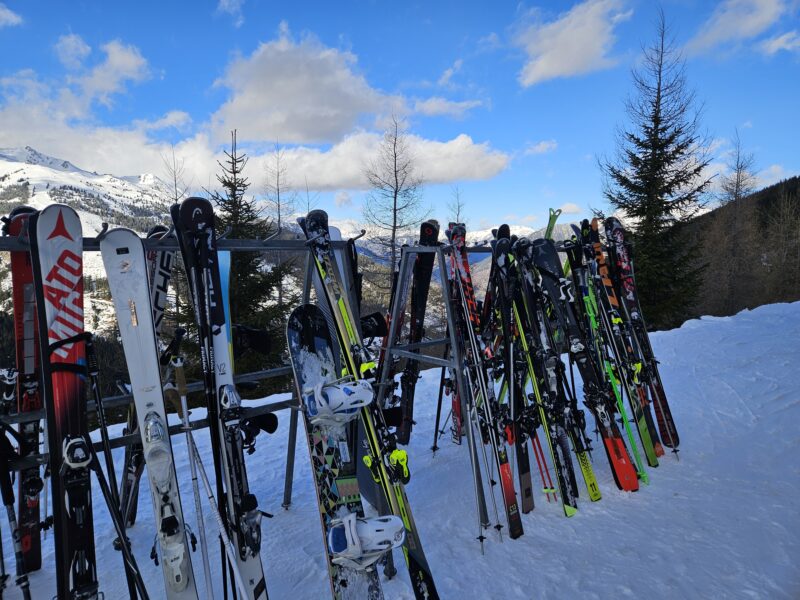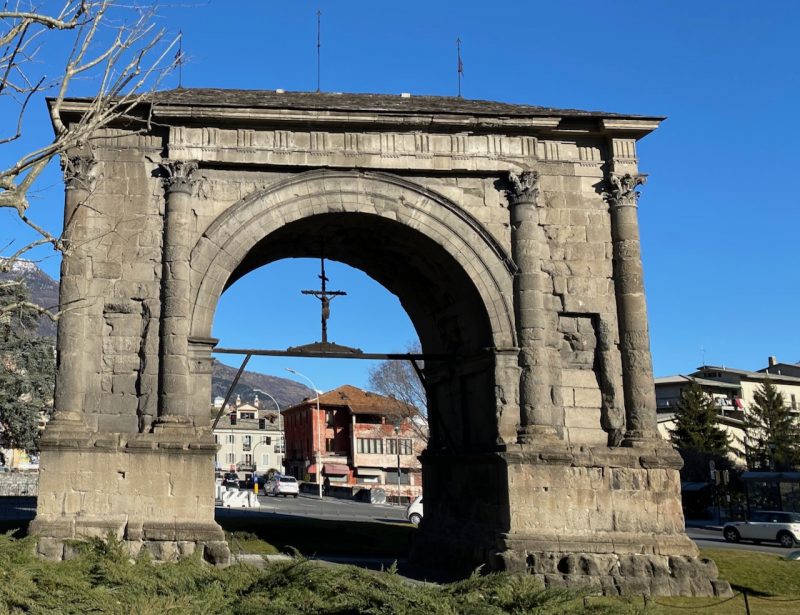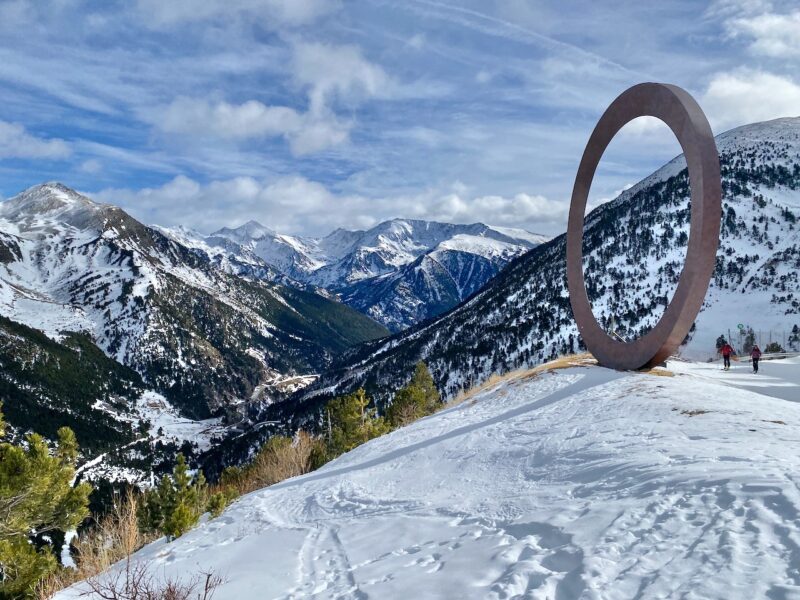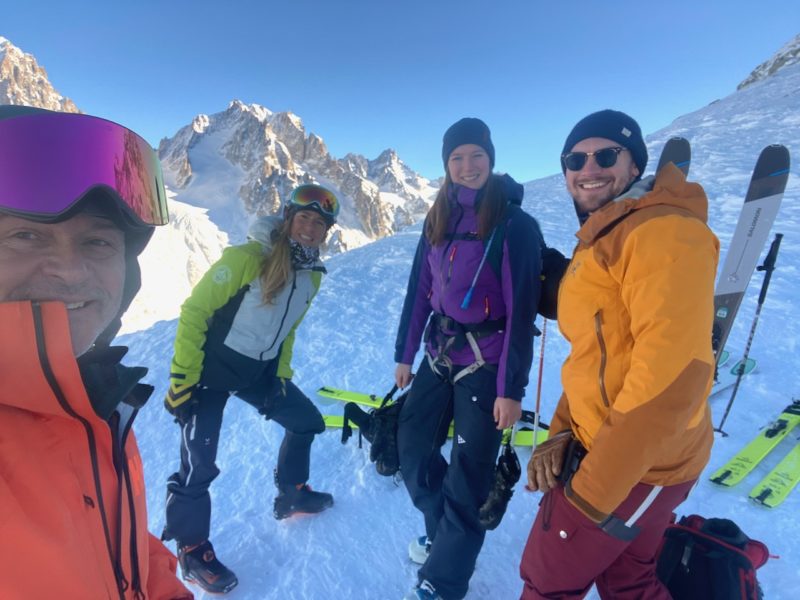80 YEARS OF RACING THE HAHNENKAMM
23rd January 2020 | Jane Peel, Chief Reporter
Last modified on May 16th, 2021
The most dangerous downhill ski race in the world takes place in the Austrian resort of Kitzbühel this weekend. Eight decades on it has lost none of its appeal, but why no women?
Officially, it’s the Kitzbühel World Cup.
But most people call it simply the Hahnenkamm after the mountain on which it’s held, or the Streif – the name of the downhill run.
It is:
- the world’s most notorious, dangerous, blood-curdling downhill racecourse for men.
They’re not our words.
They come from our good friends at the Austrian Tirol.
“It’s a wicked, twisting, insane snake of a run, one filled with blind drops, daredevil jumps, and unforgiving grade steeps, challenging an international roster of top athletes for an incredible weekend of downhill ski racing each year,” they add.
“It is skiing’s ultimate test of guts for glory on the world’s most famous and feared ribbon of snow and ice.”
This year, the legendary race celebrates its 80th anniversary.
It’s more than just the downhill, of course.
There’s a World Cup Super G and a slalom too and a couple of races for juniors.
There’ve been changes in the 80 years of the Hahnenkamm.
But the one thing that hasn’t changed is that it is all about the men.
There are no women’s races at the Kitzbühel World Cup.
It’s not unusual for the women to race at one venue and men at another.
But we wonder whether what is arguably the most iconic alpine racing weekend of the season should be extended to include women.
It is 2020, after all.
Women are excluded from an event at which, according to the International Ski Federation, the prize money in 2019 was almost twice as high as at comparable events in the alpine skiing World Cup.
We’re not the only ones wondering.
A major piece of research* published this week questioned industry movers and shakers, including some ski racers, about gender parity in snowsports.
They asked whether they believed the Hahnenkamm would or should include women by 2025.
“Experts neither see a need, nor a wish for women to compete in this skiing event,” the study reports.
Interestingly, women on the panel were even less likely to believe the event would include female races in the next five years, nor did they think it ‘desirable’.
Some experts simply believe that ‘the Streif as a stand-alone event for men is a value’ and that any changes would take away some of its DNA.
“It seems clear from the expert perspective, that there will be no women downhill race at the ‘male bastion’ Hahnenkamm by 2025,” the report concludes.
There was, however, a view expressed that there was potential for a women’s slalom World Cup race to be added to the Kitzbühel programme by 2025.
The report says opinion is polarised, with no real consensus on the topic.
So, it seems as if we’ll have to look elsewhere for our adrenalin fix of women’s speed events for the foreseeable future.
In the meantime, we’ll carry on enjoying watching the men as they try to tame the Hahnekamm.
UPDATE 28th JANUARY
PlanetSKI asked the legendary Norwegian ski racer Aksel Lund Svindal a series of questions about the Hahnenkamm. Find out what he had to say:
*The Future of Winter Sports – A Delphi Study was commissioned by Mastercard. The research questioned 46 international experts in the field of alpine skiing aged 25 to 65. The participants included: athletes and officials, media representatives and academics, resort managers and sports technology executives.
Watch this bird’s eye view of the Hahnenkamm filmed earlier this week:
https://www.facebook.com/hahnenkammrennen.kitzbuehel/videos/1483768678454226/
10 HAHNENKAMM FACTS
1 – Hahnenkamm means ‘Rooster’s Comb’ and is the name of the mountain. ‘Streif’ means the ‘Stripe’ and is the name of the run on which the downhill race takes place.
2 – The racers today reach speeds of up to 140kph.
3 – The Mausefalle or ‘Mousetrap’ jump just over 8 seconds from the start, has a gradient of 85% and launches the racers 80 metres through the air.
4 – The inaugural 1931 race was won by a British skier. Gordon ‘Mouse’ Cleaver was 6th in the downhill and 2nd in the slalom, becoming the first combination Hahnenkamm winner.
5 – During the race weekend, more than 25,000 people book into hotels and B&Bs around Kitzbühel.
6 – In 1935, a cable car joist failed, meaning racers were hoisted to the top of the course by rope.
7 – In 1953, the Kitzbühel Section Committee ruled that all shops in Kitzbühel had to close during the race. A great boost to audience figures and a nice break for hard-working shop assistants in town.
8 – With a time of 1:57.72 minutes (and an incredible 0.98 seconds ahead of USA’s Bode Miller), Switzerland’s Didier Cuche won the Hahnenkamm downhill for the fourth time in 2011 (he’d won previously it in 2008 and 2010 and won the Downhill for the first time in 1998). He won it again for the last time in 2012 after just announcing his retirement.
9 – During the race of 1977, 592 journalists – including 14 television crews – were registered in attendance. It was a new record; 20 years earlier in 1956, just 40 reporters covered the race.
10 – In the initial years following World War II, details and events of the Hahnenkamm race became clouded in mystery. Even the names of all the top five finishers remain unknown to this day.

